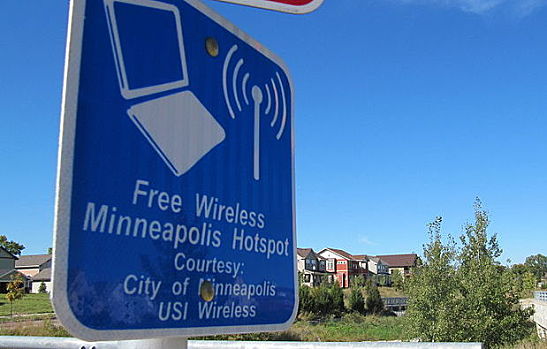Multi-device users are quickly becoming the norm. In addition to an iPhone, many people also carry tablets or laptops for when the phone’s smaller screen just isn’t enough—when typing a document, creating a presentation, or watching a movie, for instance. But what if you need a solid Internet connection and there’s no WiFi available? As of iOS version 4.3, you can convert your iPhone into a personal hotspot. Here’s how.
Step 1: Talk to Your Carrier
Although devices running iOS version 4.3 or later support the Personal Hotspot option, you may not see it under the Settings menu the first time you look. For the hotspot option to become active, your carrier must support the service and you must be on a plan that allows WiFi connection sharing. If you don’t see the option, talk to your carrier to find out if they offer the service and what it will cost. Expect to pay between $20 and $50 per month and face restrictions on how many devices you can connect. Some plans allow no more than three connections, while others permit up to five.
Step 2: Turn on the Hotspot
To enable the hotspot, tap the Settings button on your home screen. You should see a line for “Personal Hotspot” just under “WiFi” and “Bluetooth.” If you don’t, you may have a tab for “Cellular.” and tapping that will bring up the Personal Hotspot option. Here, you can swipe to turn on the hotspot and set up your password. Your carrier will have created a default password, shown in plain text. You can tap on the password to create your own, if you would prefer. Anyone who attempts to connect to your new network will need this password. The network name will be the same as the name of your iPhone—if you need to change it, head to Settings > General > About and tap on the “Name” field.
Step 3: Power Up a WiFi Device
Once the initial network setup is complete, simply turn on another WiFi-enabled device and let it search for nearby networks. Your iPhone should pop up as an available access point. When you click on the connection, you’ll be prompted for the network password. On another iDevice, like an iPad, you’ll see a small “chain” icon in the top left corner of the screen indicating a successful connection. On your iPhone, your lock screen will display the number of connections to your personal hotspot.
Step 4: Troubleshooting
If other devices can’t connect to your hotspot, they may need a network card upgrade. Apple uses WPA2 protection, meaning older cards which don’t support this standard won’t be able to connect. There’s also no way to monitor exactly who has access to your network. If you see more connections than you expect, disable the network, change the password, and try again. It’s also important to keep in mind that using the hotspot feature consumes a significant amount of power—don’t leave it on unless you’re actively using connections. In addition, make sure to monitor data usage since most carriers limit the amount of data you can send and receive using a hotspot. If you go over, you may be in for a large bill next month.
Creating an iPhone personal hotspot offers the speed of a WiFi connection without a router, but comes with an additional carrier cost. Do you use your iPhone as a hotspot?
Image courtesy of Wikimedia Commons
[cf]skyword_tracking_tag[/cf]

